Introduction
Intel has always followed up with their cheaper and more affordable B series of motherboards a few months after the Z and H series of motherboards hit the market. Alder Lake-S wasn’t an exception to this formula, and we have the B660 motherboards right at the beginning of 2022.
The B660 does little improvement over the last-gen B560. It supports DDR5 memory and PCIe Gen 5.0 graphics cards and storage devices. Support for memory overclocking was brought forward to this platform after a critical reception with its introduction to the B560 platform.

MSI was kind enough to send their MAG B660M Mortar WiFi DDR5 motherboard to us. We got to play around with the company’s latest creation for a little over a month, and thus we are presenting a constructed review here.
Naming
The MAG B660 Mortar WiFi DDR5 follows MSI’s conventional approach to naming. MAG, or MSI Arsenal Gaming, is the company’s entry-level lineup of products. Products in the MAG lineup are strongly budget-focused, and thus end up being some of the most value-for-money products in the market.
The Mortar lineup of motherboards has been a slightly turned-up version of the Pro lineup from the company, and this motherboard is no exception. And, lastly, the motherboard has Wifi and Bluetooth built-in. Plus, it also supports DDR5 memory, thus imparting the last two words in its name.
This long-tail name can get confusing for an average user in the market. But, we don’t think any further simplification is possible.
Unboxing Experience

The boxing wasn’t overdone. It’s not a dual-layer packaging that one would expect from boards at this range. But, the stuff that MSI includes in the box overdoes this. The box includes regular paperwork, a disk, some fancy leaflets, all of your antennas and cables, screwdrivers, and a sticker set. The inclusion of a driver disk in 2022 felt old-school.







This sticker set allows you to customize the looks of the motherboard to your taste. Like every motherboard MSI makes, this offering is also based on the US military. This trend is uniform throughout the design, including this sticker set.
Other than that, the unboxing experience is pretty barebones, with no bells and whistles. The manufacturer did cut some dollars here.
Closer Look

The board isn’t an attention grabber. It has a strong duotone silver and black theme going around it, and it looks clean. MSI packs some chunky heatsinks in the VRM area. And an integrated rear I/O cover.

The best part about the recent boards from MSI is how user-friendly they have become. Here’s an example. Figuring out dual-channel lanes for a beginner builder is a bit difficult, right? MSI walks the builder around this problem by mentioning which DIMM slots he/she need to fill in first. Not that someone who has built a few PCs in the past would need this, but kudos on such attention to detail.

The next thing pops up when you flip the board over. It mentions the portions where you should avoid conflict with the case.

This motherboard has two PCIe X16 slots in it. One of them is steel riveted and is Gen4 to handle those massive RTX 30 series and RX 6000 series cards. The other is a PCIe Gen3 slot. But, almost most of the pins do not have any connection at all. So, it is functional as a Gen3 x4 slot. It is advisable to not put any high-end graphics card in this slot. Now, this is a problem caused by the B660 chipset. So, do not buy any motherboard based on the B660 chipset if you are looking to put multiple cards in your system. The H670 or the Z690 platform is what you should be looking for in that case.
Also, B660 is a PCIe 5.0 platform. But, MSI missed out on that with this board. This is going to be a serious problem as PCIe 5.0 cards might start arriving in late 2022.
You also get one PCIe X1 slot in the middle and two M.2 slots. The best part about these M.2 slots is that both are Gen4 x4 with full-sized heatsinks. However, if you populate both of these heatsinks, you will miss out on the SATA8 port.
Let’s have a look at the SATA ports. There are 6 of them. Four of them are at 90 degrees and two of them face upward. Two of these rotated SATA ports and these two upward-facing ports are controlled directly by the B660 chipset, and these two are controlled by the ASMedia ASM1061 chip. This also means that these two ports do not support RAID functionality.


Although this is an entry-level board, MSI still includes their easy debug LEDs. Now, this feature makes a lot of sense provided this platform is slightly getting some overclocking support.

However, the rear I/O felt incomplete. The board has a single 20Gbps port, three 10Gbps ports, and the rest are USB 2 ports. The presence of a 2.5GHz ethernet port is appreciated, and the wifi and audio ports are standard. But, following MSI’s formula of usage simplification, the audio out port has been marked in bright red. That’s great. The rear I/O did need a few more 10Gbps ports, and at least another 20Gbps port considering this is a product coming out in 2022.

We have the DDR5 version of this motherboard in for review. This thing costs around $240 in the US. The non-wifi variant is 20 bucks cheaper at $219. In India, you will only find the DDR4 version for sale, which goes for around 17k INR. So, the DDR5 variant should sell for around 23k-24k whenever it enters the market.
It does not have any RGB on it, but the presence of two JRainbow ports is quite great.
Heatsinks

The motherboard has a lot of heatsinks around it. The B660 motherboard has a sizeable heatsink on it. But, the chipset sits at around 19 degrees over ambient all the time. 19 degrees is not a bad temperature at all, but the board could have benefitted from a slightly bigger heatsink in the PCH area. But, the M-ATX form factor has a few downsides, and we have nothing to complain about this.


The VRM heatsinks weigh in around 357 g, while the PCH heatsink weighs in around 107 g. The I/O cover also gets a bit warm while the board functions, and it weighs in at around 254 g.




VRMs
The board has a 12-phase VRM configuration. MSI uses the term “duet” configuration for this. But, that means that the VRM phases are teamed in a parallel connection and this is not a true 12-phase design.

The 12 power stages that you will find on this board are Renesas ISL99360 60A stages. There are two other stages that you can see on this board. One of them is the single iGPU power stage up here. And, MSI uses the same Renesas ISL99360 60A stage here as well. The auxiliary power supply is not from Renesas. It is from Monolithic Power Systems, their MP87992 70A stage.

MSI is also using a Renesas RAA2291232 chip for CPU PWM. And these are quite decent, provided this is a budget option.
The VCCAUX is however driven by a Monolithic M2940A PWM as it uses the MP87992 70A stage.
Overall, the VRM layout looks quite promising provided this is just a 200$ offering from the company.
Building Experience
I do not have any complaints about the building process. The only thing to nag about is the extremely tight LGA1700 socket. It is a bit too resistant but considering how big the LGA1700 chips are, this much reinforcement is needed for safe installation.

We are using the Core i5-12400 CPU here, the budget killer from Intel. We are pairing this chip with some hyper-fast DDR5 5200MHz memory from Kingston, and it will be cooled by MSI’s K360 cooler. The board will look fine in both white and black cases because of this duotone color scheme.
Overall, we saw a pretty standard procedure, no surprises or gimmicks.
We will be conducting all of the tests on an open-air test bench.
BIOS
I like the way MSI has designed this BIOS. It is based on American Megatrends firmware, but the way MSI has designed the GUI is truly commendable.

It has an Easy mode and the regular mode as usual. The easy mode is quite well-made for an easy mode. It gives you access to all of the basic stuff a user would ever need, like XMP, CPU frequency, DDR frequency, etc.




It isn’t as detailed as the regular mode that you can access with a press of the F7 key. We have some thoughts on the OC features the BIOS supports. The board features an Expert mode and a normal mode for overclocking. The normal mode would let you access all of the basic stuff that you need while overclocking. The expert staff is for the pros, and it has everything an overclocker would need.

Plus MSI Memory Try speeds up overclocking as well. We had a great experience navigating around this BIOS.
Board Software
MSI has completely shifted to their MSI Center software with every offering from the company. The software had a few caveats when it rolled out initially, but now it is dope! We were controlling the K360 cooler and the RGB on its fans with this thing. It isn’t a lot of RGB, but we had zero problems while controlling it.


MSI Center also supports Razer Chroma, so that would bring extra brownie points for the software.

MSI Center has improved a lot, and it could become the perfect board software if they continue doing this.
Audio
The board has a strange orange line bordering the lower-left portion. This line separates the audio section from the rest of the board to avoid any electrical noise from disturbing the audio output from the board.

The board also runs on the ALC1200 audio codec from Realtek. Now, this isn’t the best-in-class audio codec from Realtek nor is it the latest creation of the company. Motherboard manufacturers started using it in 2018. But, it is quite decent. It still has all the high-end features one could ask for, like 7.1 channel output, or digital S/PDIF support. Practically, you will love the audio output from the motherboard.
Wifi and Bluetooth
Let’s talk about the signature feature of this motherboard. MSI also sells a non-wifi variant of this board which costs 20$ less than this one. So, I had to include this. The onboard wifi is from Intel, it is capable of WiFi 6E, so that is a bonus point. It has all of the modern features you could ask for, like dual-band support and MU-MIMO.

The onboard LAN, however, is from Realtek. It is a 2.5G LAN. It isn’t the fastest on the planet, but 2.5Gbps is going to suffice for budget users.
The wifi is a tad slower than LAN as I found in my testing. But, the performance is still quite impressive although LAN has the wired benefit.
The included Bluetooth chip is capable of Bluetooth 5.2. It is quite stable and we had no connectivity issues while connecting Bluetooth devices or while using them for long hours.
Overall, the Wifi and Bluetooth are not something fancy but will get your job done pretty well.
Storage Interfaces

This board has 4 SATA 6Gbps ports that connect straight to the B660 chipset. 2 of them connect to the ASMedia ASM1061 chip. This does mean that the SATA_A and SATA_B ports are not as fast as the SATA 5 to 8 ports. You can use these ports to plug in any hard drives you have. These are SATA III 6Gbps ports, and you are going to be fine with HDDs.

Next up, let’s look at the M.2 ports. Both of these are Gen4 ports, but one of them has buses that connect straight to the CPU, and the other connects to the B660 chipset. Although you might think that this would severely limit the performance of the second M.2 socket, there is no performance difference between them.

In terms of storage headers and rear I/O ports, I would have loved to see a few more USB 3 ports. This motherboard comes with a single USB3.2 port. So, another one could have made things better.

Also, talking about the internal headers, this thing has 2 USB2 headers that can support 6 USB 2 ports in total. It has one USB 3 5Gbps header that can support 3 USB 3 ports in total. Along with these, this thing also has a single USB 3 10Gbps Type-C header.
Now, I will say the same. This motherboard could have benefitted from more USB 5Gbps headers. A single USB2 header would have sufficed provided every case comes with only USB 3 5Gbps ports or higher.
Now, I tested this board with the Core i5-12400. That processor is locked, but it has a high turbo speed of 4.4 GHz. This board was easily hitting those numbers when under full load without a hiccup. Now, I won’t be talking about the processor benches, as that is out of the scope of this video. But, if you are pairing this board with a Core i5-12400, you will be all good. I even think it will handle a 12600K with ease.
Overclocking Potential
The B660 platform does not support CPU overclocking. So, that is a big bummer. But, what it does support is memory overclocking. We had 32 GB of some hyper-fast DDR5 4800MHz memory, so it was time to overclock them to even higher speeds.
The overclocking results weren’t the most impressive. This is DDR5. The sticks that are available today are among the first batch to hit the market, and thus it is nowhere near as optimized as what the DDR4 memory sticks available today are.


The XMP profiles of the memory sticks we were using were 4800MHz at CL38 and 5200MHz at CL40. So, I started with 5333MHz at CL40. It booted up fine. And even passed the AIDA64 benchmark, which isn’t 100% accurate. So, I ran the Linpack Extreme stress test, and the system failed.

Next, it made it to 5400MHz at CL40. You know what? I was starting to get impressed here. You know the drill. AIDA64 passed and Linpack failed yet again, but the system was quite stable.


5600MHz did not boot at CL40. So, I loosened the timings up to CL42. This booted up the system, but AIDA64 passed and Linpack failed.
But, these sticks did not love anything higher than 5600MHz. CL42 was a complete crash with multiple BSODs, and it ended up corrupting Windows 10.
The overclocking experience isn’t the best you will get on the market. Part of this is because of the lack of CPU OC support, and the fact that helped the score is how easy MSI has made OCing on their boards.
VRM Temperatures
We recorded the temperatures by placing two K-type thermocouples in the two VRM bays. The temperatures were actively recorded every 5 seconds by a digital thermometer.

Let’s start with AIDA64. The VRM temperatures were very respectable in this test. You can see a maximum delta of around 6 degrees from the idling temperatures. The VRMs have some decent chunk of the heatsink, and also the fact that we are stress-testing a Core i5-12400 is helping these numbers. A beefier chip with a higher power limit could have taken a massive toll on these.

Moving over to the VRM torture test in Prime95 using the blend preset, we see the VRMs heat by a few more degrees. But, these temperatures are still very acceptable provided that neither AIDA64 nor Prime95 are real-world stress scenarios.
We could stress the VRMs more by putting a beefier K-series chip in there. But, this is B660. Why would someone choose this severely limited performance if an unlocked CPU is what you are after?
Value
This motherboard is not still available in the Indian market. You would only find the DDR4 version, which is going for around 17,000 rupees. In the US, this motherboard is priced at $239, which is just 20$ paltry of the Tomahawk DDR5. That is a full ATX-sized board, so it comes with its set of pros and cons. So, isn’t this thing a bit overpriced?
Now, judging by the market trends, and the terrible pricing scenario of DDR5 memory and motherboards these days, this motherboard will be priced around 23,000 to 24,000 INR in the Indian market. And, that makes it even less value-for-money.
Well, DDR5 is great. This motherboard is great. But, we can’t recommend this thing today just because of the awful pricing of the latest technology in the market. DDR5 will need another year to come down to normal pricing. And, by then we will get a B760 in the market.
But, if you are looking to buy the DDR4 version of this board, go for it. We haven’t thoroughly tested it for any caveats, but it looks promising.
This is a great board with a lot of great features and DDR5 support from MSI. But, the pricing kind of upsets me. And, since this board has been built for budget audiences, this fact is even harder to digest. B660 is an already-starved platform. So, better look at other more competitive offerings like the B660 Tomahawk, which I think is more value-for-money than this offering.

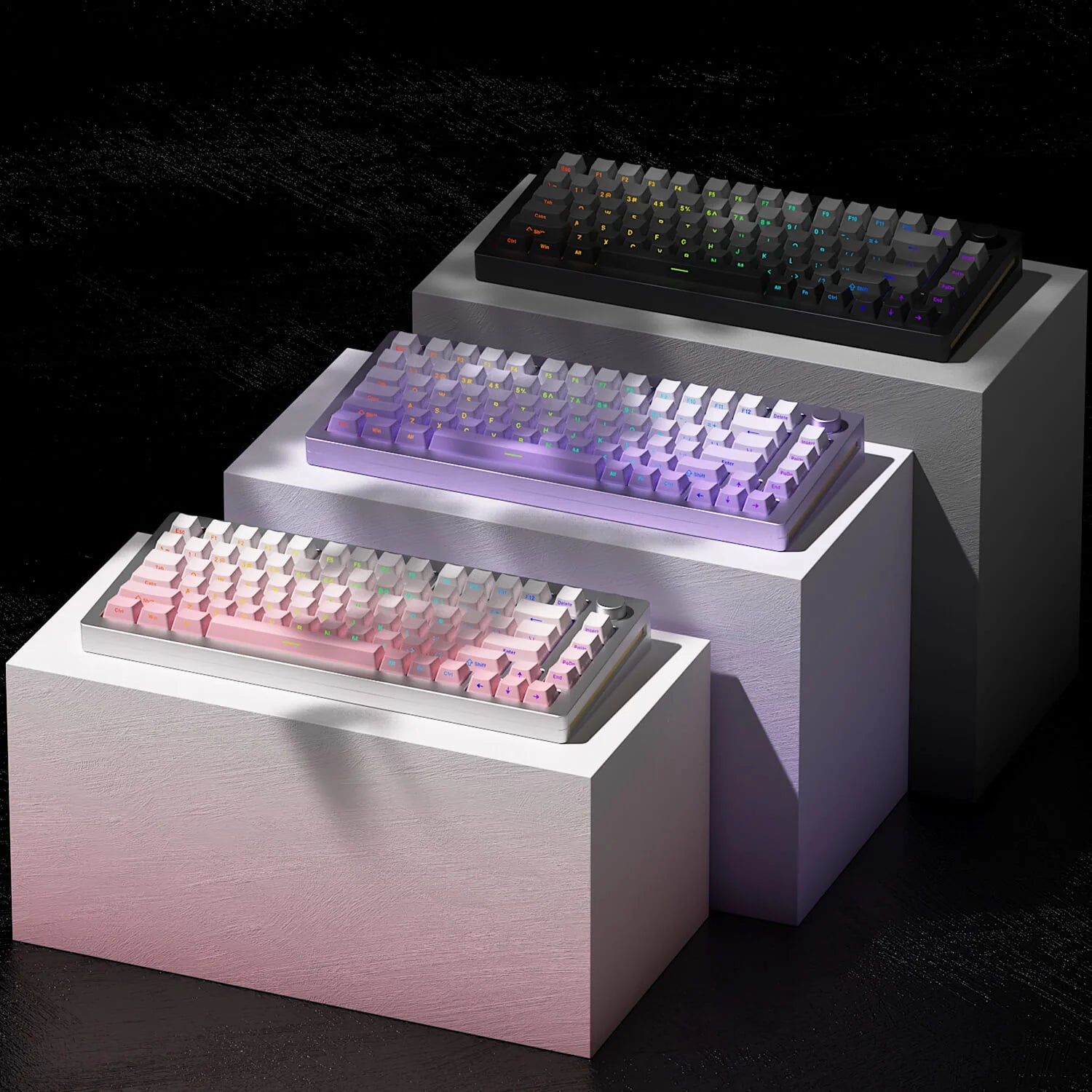

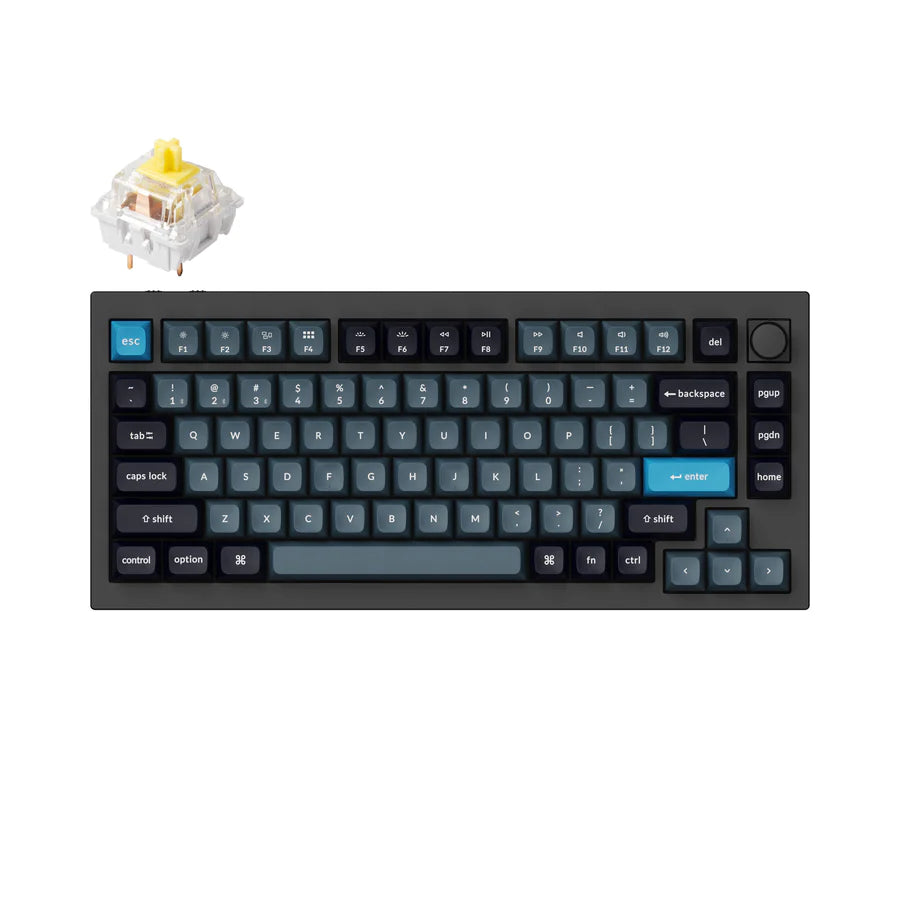

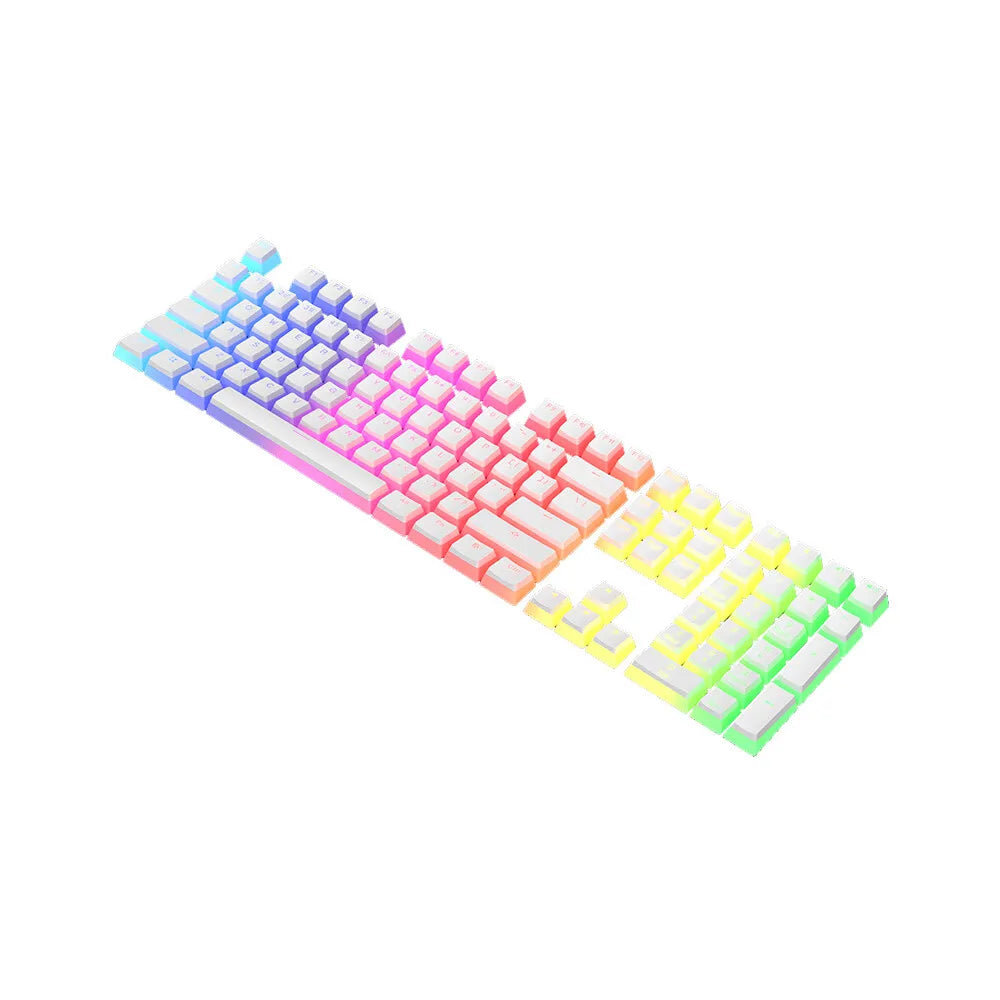
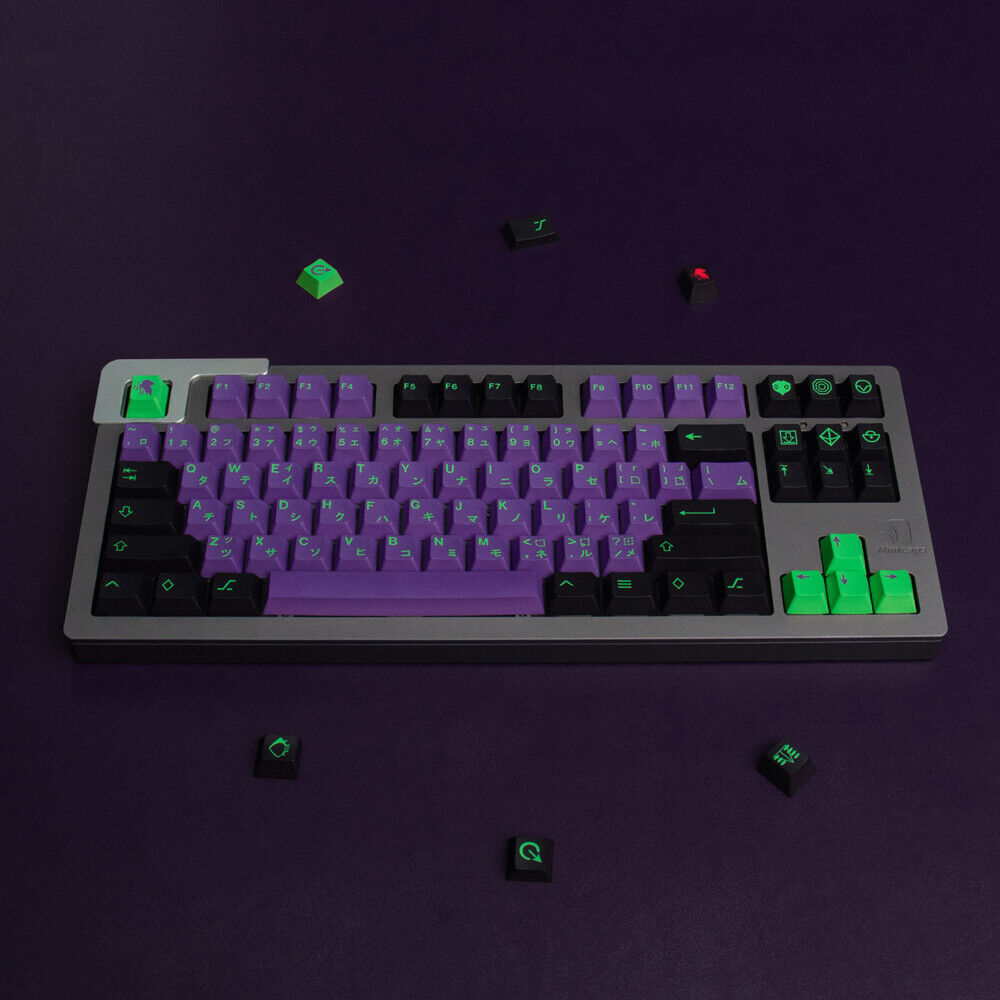

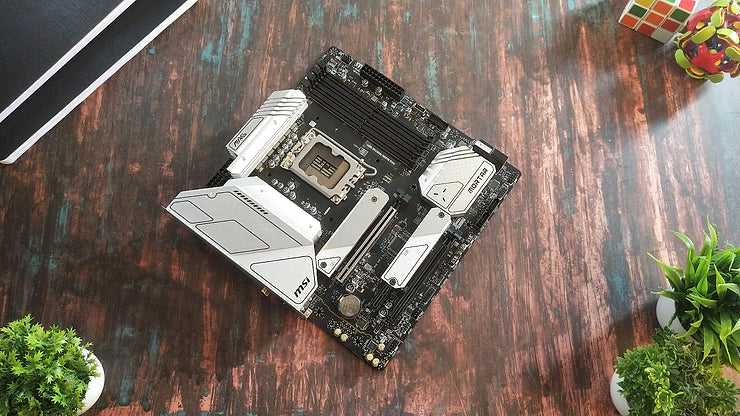
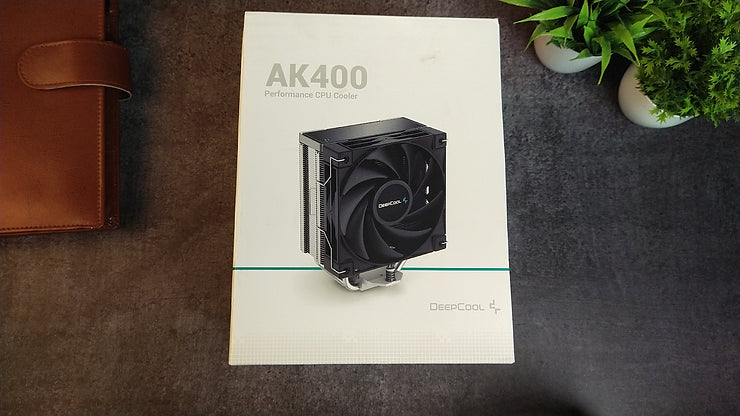
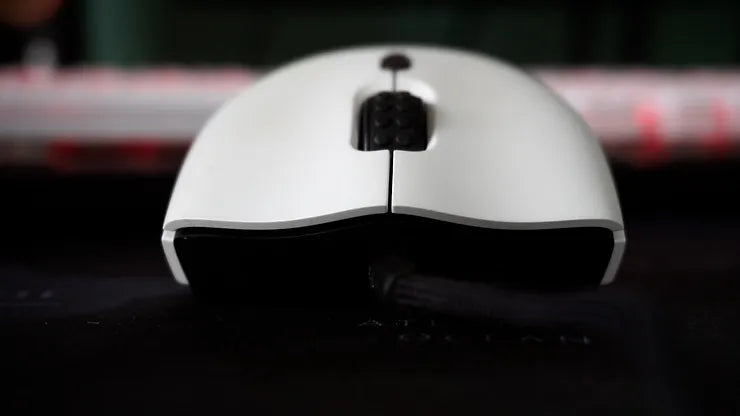
Leave a comment
This site is protected by hCaptcha and the hCaptcha Privacy Policy and Terms of Service apply.